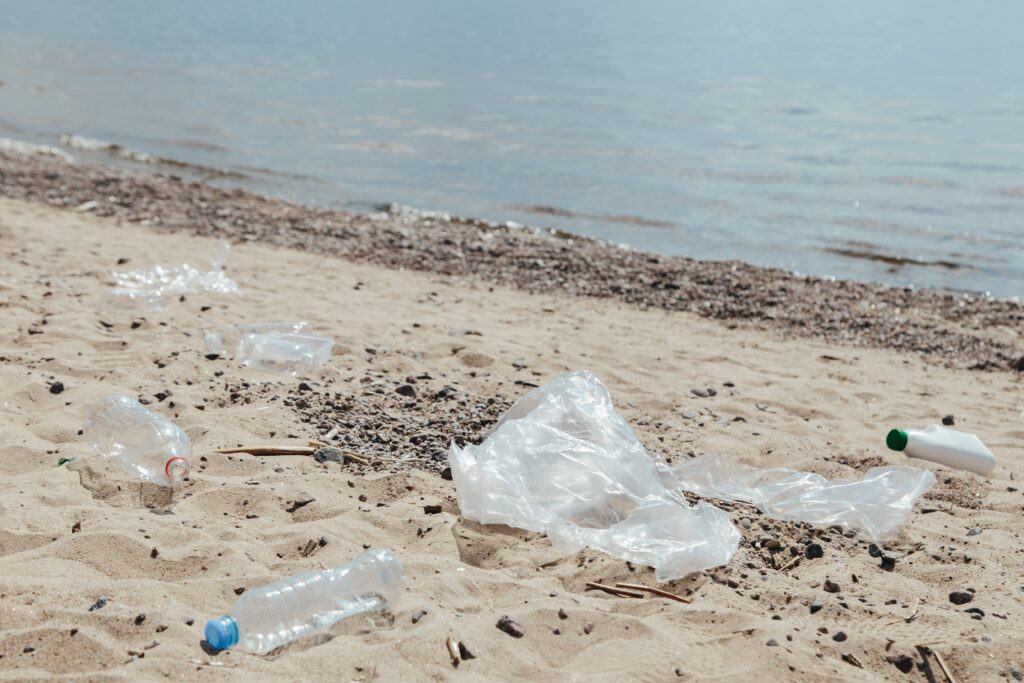Researchers develop first marine plastics pollution database in Southeast Asia
02 Jan 2024

The Southeast Asian region has been consistently tagged as among the top polluters of plastic in the oceans, with the Philippines usually making it to the top three. These estimates are based on modelling which may not be reflective of the real state on the ground. There is no existing database that validates these claims. Hence, the PlastiCount Pilipinas website was developed to gather and share information about plastic pollution specifically in the Philippines. This complements Strategy 1 of the National Plan of Action for Marine Litter implemented by the Department of Environment and Natural Resources.
PlastiCount Pilipinas portal is the first operational marine plastics pollution (MPP) database in the region to provide ground truth for the general public. The website, which may be accessed at https://plasticount.ph, contains MPP data on Philippine waters. To create the portal, 14 databases were reviewed to identify important features. Next, data was extracted from 38 articles, 2 reports, 1 scientific poster and 3 baseline studies to initialize the database. Different reporting strategies made data collation difficult. This shows that we need to agree on a common way to collect information so that we can build the baseline more seamlessly and accurately. The website also contains other references that may be useful for those interested in marine plastics pollution in the Philippines. The lessons learned in developing the PlastiCount Pilipinas portal may help in creating a regional database for all of Southeast Asia. Other features of the portal include references, news articles, manuals and a submission portal for public contributions for data and other resources.
Read the full paper: https://www.sciencedirect.com/science/article/pii/S096456912300296X?dgcid=author
